EBR charges a service fee to manufacturers to produce ebike reviews and videos, this began in 2018. It’s the same flat fee for each bike, and it helps us to keep the site going while limiting ad clutter. We appreciate the opportunity to serve you with our opinions and data but respect your right to know that we receive compensation :)
The Faraday Porteur is a seamless, vintage styled (resembling older Dutch and Swedish bicycles), Class 1 electric assist product. There’s no throttle here, it uses a German engineered NCTE torque and cadence sensing bottom bracket that measures spindle force. As you pedal along, the rear wheel is powered by your leg force through eight gears and the front wheel is powered by a high-torque planetary geared hub motor. I’ve reviewed the high-step Porteur, with its iconic double top-tube, on several occasions. For this video, I spoke directly with the founder of the company, Adam Vollmer, who launched Faraday in 2012… around the time that EBR began. You can see what Adam looked like with hair and get his backstory, being an employee of IDEO in Silicon Valley, with the original Faraday Porteur review here. Over the years, we’ve become friends and I have seen the product evolve and improve. While you can get the high-step Porteur in three frame sizes, Faraday also offers a step-thru model called the Cortland. Both bikes come in a standard or S configuration, with the latter being less expensive because it uses mechanical disc brakes and a cassette vs. hydraulic disc brakes and an internally geared hub. The S Civic Edition is a limited run model that pays tribute to the Taylor Stitch Civic clothing line, another San Francisco based friend company. It offers an upgraded NITTO Bullmoose handlebar that’s more aggressive than the stock swept-back bars, custom CNC’d Paul Components mechanical disc brakes (that feel super smooth to me, almost like hydraulic brakes), Brooks weatherproof saddle and grips, a Portland Design Works Alexander Graham Bell, and larger 26″ x 2.3″ Compass Rat Trap Pass gravel grinder tires. You’re paying $1k for these upgrades over a standard Porteur S, which is actually less than you’d pay to add them yourself, but you don’t get the steel fenders that are usually stock because they wouldn’t fit with the larger tires. I also noticed that the headlight has been moved from the stem to a head tube position, which means it won’t point where you steer, and the kickstand is being changed from double-leg to single-side (even though that wasn’t the case for our demo model). These decisions all make sense… the NITTO handlebar has an integrated stem, so they couldn’t easily mount the light there. And, even though the frame is still compatible with Faraday’s custom front and rear racks, this is more of a sporty build that might not need the vertical kickstand for loading and unloading. You’ll save weight and have an easier time deploying the single side stand. While body position is slightly more aggressive on this model, I found it to be surprisingly comfortable and still very upright. There are seven, yes seven!, 10 mm spacers that raise the handlebar position, so you don’t have to lean very far forward and down if you don’t want to. The increased air volume and lower PSI range of the tires provides a lot of vibration dampening, stability, and traction on packed trails. The frame, fork, and handlebars are all steel. My experience has been that steel is often more comfortable to ride than aluminum alloy. If you get any scratches, they could develop rust over time, but each bike comes with a jar of touch up paint. Three frame sizes ensure a comfortable fit and three beautiful colors will make it your own. I was test riding a size medium 56 centimeter frame for the video review and photos above.
Driving the bike is a custom programmed Bafang planetary geared hub motor. Adam pointed out that they chose this specific motor configuration because it offers high torque but doesn’t weight a lot. It’s rated from 250 to 350 watts and offers 35 newton meters of peak torque. Indeed, we climbed some of San Francisco’s steepest hills during the ride test, and I was able to stay seated the entire time. Yes, I had to switch gears frequently in order to keep my leg muscles and sensitive knees happy, but it worked just fine. The motor uses an 11 to 1 gear reduction with two planetary reductions inside vs. just one on many other motors. This allows it to perform incredibly well at the low end, making hard starts and longer climbs possible and sustainable. The maximum assisted speed is 20 mph, unless you live in parts of Europe where regulations require a 15.5 mph top speed for Class 1. In those cases, you can expect to get a slightly better range per charge. Part of what makes this motor and the pedal drivetrain capable on hills is the smaller 26″ wheel diameter. Many other city bikes utilize 2.75″ or 28″ 700c wheels that don’t offer the same mechanical advantage or slightly lower stand-over height. Yes, even though the bike is clearly a high-step, it isn’t quite as tall as many others. Faraday specs an 8-speed cassette with standard 11-32 tooth cassette. The derailleur is a step or two up from entry on the Shimano mountain bike lineup, it’s called Altus and performed very well during my rides. Rather than triggers, you shift using a RevoShift grip twister merging with the right grip. For people who aren’t as familiar with gear shifting, this is a comfortable and often more intuitive shifting mechanism. I discovered that because of the torque and cadence sensor setup here, it really doesn’t take long for the motor to kick in, even if you’re pedaling slowly. For flat and moderate hills, you could remain in a mid-level or even high-level pedaling gear and get along just fine because the motor operates independently. The harder you push on the pedals, the more power the motor will give back, even if you aren’t actually moving the bike much because you’re not in an optimal gear :)
Powering all current generation Faraday electric bicycles is a custom designed downtube-integrated Lithium-ion battery pack. That’s right, the Panasonic 18650 cells are actually lined up inside the downtube, completely hidden from view. This is what makes the bike so beautiful and balanced. So many other e-bikes use plastic boxes mounted to a rear rack or on top of the downtube. Yes, those batteries are often removable, for easier charging and storage, but they don’t look as clean. The Faraday battery is made up of AG cells, which offer high capacity for the same 18650 size. The entire array of cells weighs just 3.19 lbs! The bike itself (with motor and battery) weighed just 40 .8 lbs when I measured for this review. Keep in mind, the bike did not have a headlight, but it also had a double-leg kickstand vs. the planned single leg. It’s just super liftable, and I love how most of the cables and wires have been internally routed for aesthetic and durability reasons. It doesn’t matter which Faraday electric bike you choose, they all look beautiful and are so quiet that most people won’t even know they are electric. For those who want more than ~300 watt hours of capacity (which should offer 20 to 30 miles per charge depending on conditions, rider weight, and assist level) the company is planning a saddle mounted external battery pack with another 300 watt hours. This will effectively double range and allow for off-bike charging. That’s the one big drawback to the current design, you need to bring the bike near a power outlet to charge it. That could mean lifting up stairs or running extension cords. Extreme heat and cold can degrade Lithium-ion batteries and it’s best to keep them filled above 20% at all times to avoid stressing the chemistry. This could be difficult to do if you can’t bring the bike inside your office or apartment.
Operating a Faraday electric bike is about as simple as it gets… without sacrificing too much control and feedback. It’s a system that is very unique unique in the ebike industry, completely custom designed from day one. Starting out, the charger that comes with each bike is a compact, offers an average fill rate with two amp output, and is lightweight at just 1.2 pounds. Instead of using plastic or a narrow metal plug, Faraday recycled the plug design from a microphone plug and positioned the charging port up high on the controller box vs. down low near the crank arms like so many competing products. Just above the charging port is a red six-LED tail light, and above that is a circular metal button with blue LED ring. You can tell how full the battery is on the bike by looking at the little E-Ink stripe on the Mode Selector paddle near the left grip. The E-Ink display is persistent, meaning that it stays fixed at all times without drawing any energy. You might be familiar with E-Ink from the Kindle e-books of yesteryear. I found that it was easy to read in bright light and lowlight but not so much in the dark. When you’re ready to activate the bike, press that metal circle button at the top of the control box and wait a second or two for the red LED lights to come on. From here, press the mode selector down from off to either Standard or Boost. I did almost all of my filming in Boost mode to gauge motor noise, but it was almost inaudible in the city and very faint in quiet neighborhoods. One of the neat parts about having a lightweight e-bike with a geared hub motor is that it freewheels efficiently and is actually fun to ride without any assist. During the review ride, after filming the walkaround, Adam and I metup with a couple of friends (Thomas and Chris) to ride from the headquarters near Civic Center all the way up to a lookout called Bernal Heights. It was over four miles to get there and yet, we only used two of the 14 battery bars. Riding home consisted mostly of coasting or pedaling gently. As much as I like the simplicity of the control interface, it does lack feedback on speed, trip distance and odometer, there’s no range estimate feature, and there’s no USB port to charge a smartphone. I asked Adam about this and was told that they may introduce a splitter at some point, so you can run your phone for GPS and use their iOS and Android App. I cannot say when that will be introduced, but it’s cool that they are thinking about it and working hard on some other features, like the external battery.
Since my last review in late 2016, the Faraday family of products have seen improvements in battery technology and software. Some of the oldest models had little issues that required controller replacement and if you’ve got a 2016 or 2017 model that hasn’t had its firmware updated, I’d highly recommend working with your local dealer to do that. It sounds like it may have addressed some inconsistencies that people talked about in the comments here and in the Faraday forums. It’s cool that even though a smartphone app has yet to be released, all current models have Bluetooth chips in the Mode Selector housing. Adam told me that his original Faraday Porteur (that he uses to ride to work and complete errands around San Francisco) is still going strong and had a battery replacement after four years of daily use. It’s wonderful to know that the company can and does provide replacement batteries, and the cost is somewhere around $500. Adam also told me that their controller is designed to protect the battery from extreme temperatures, if you do have to park the bike outside occasionally… though I would probably still let it warm up or cool down before plugging in (as with any electric bike or Lithium-ion battery). The optional front porteur rack does not turn when you steer, so it won’t impact steering or dump as easily from side to side. I didn’t test it on this trip, but the rack is designed to fit two bags of groceries or a case of beverages. While the original Dutch and Sweedish bikes required a double top tube design for strength, especially in the cases of taller riders who needed a longer reach, modern steel has solved this and very few bicycles use the double tube design. I think it looks cool and makes lifting and carrying the bike a bit easier. There’s tons of room in the main triangle for adding bottle adapters, but no bosses were welded to the frame because the battery cells and wires inside would be vulnerable to piercing and water. Having tried a couple of models back to back during this trip, the fatter gravel grinders on the Civic Edition really won me over for their float, traction, and stability. I saw Adam cornering on the bike with ease, it’s just a fun bike to ride, and he also talked about riding a customized Porteur in the Grinduro ride (put on by Giro) a year or two back, which is testament to the durability of the frame and ride quality of these tires. Big thanks to Faraday and their parent company Pon Group for partnering with me on this review. I welcome questions and feedback in the comments below, where I’ll do my best to respond and get answers or clarification, or in the Faraday forums where you can connect directly with other owners and share pictures etc. During my Faraday visit, we took a ride around San Francisco to get a view and visit friends at the SF Bike Coalition and the New Wheel which you can watch here.
Pros:
- The battery is extremely lightweight at just 3.19 lbs, it offers incredibly high energy density and some of the best cells on the market (Panasonic 18650 AG) known for high cycle count
- Faraday offers one of the lightest, most compact, and most durable electric bike chargers I have seen, it’s very easy to toss into a backpack or purse and bring alone for quick top-offs at a friends house or coffee shop
- In addition to rear rack bosses, the latest generation of Faraday e-bikes come with cafe lock bosses, so you could add a frame lock like this AXA Defender for quick security without the need for a bike rack
- Despite the lack of suspension fork and seat post, all of the Faraday bikes that I have demoed feel very comfortable, they offer a nice upright body position, plush grips, premium saddles, and the Civic Edition has wider 2.3″ tires with more air volume to absorb bumps, you could always add a 25.4 mm seat post suspension if you wanted, but it will raise the minimum saddle height by a few inches
- The pedal assist sensor measures cadence speed as well as pedal force so it won’t accidentally activate the motor if you’re stopped and simply resting your foot on the pedal, it’s very responsive and natural feeling
- The control switch has a Bluetooth chip that will allow the bike to sync with a smartphone app that is in the works, it will be iOS and Android compatible showing your location, control your lights (you can turn the lights completely off) and power with two profiles to match the two physical switch positions, along with current speed and other trip stats
- Good drivetrain components from Shimano with eight speeds to choose from for climbing or hitting higher speeds while commuting, the half-grip RevoShifter from Shimano is very intuitive and easy to use
- Available in three frame sizes to fit a wider range of riders, the handlebar is sporty but still very comfortable with seven 10 mm spacers bringing it up so you don’t have to lean far forward
- Mechanical disc brakes offer good stopping power and tend to stay cleaner in wet conditions, plenty of strength with 160 mm rotors for one rider plus cargo or a child, with the upgraded brake levers they feel even easier to pull – almost like hydraulic brakes
- Faraday makes high quality paint-matched racks that work perfectly with their products, you can pay extra for a frame-mounted porteur front rack or a Yepp compatible rear rack
- I love the clean, smart aesthetic… wires are integrated but all tubes are round vs. having welded-on covers, the three frame colors are beautiful and unique (blue, white, grey)
- The bike comes with a sturdy, bright, integrated headlight as well as a six-led backlight that’s positioned well below the saddle so it won’t get blocked by a jacket or long shirt hanging down, I do wish that the tires had reflective sidewalls (like the other Porteur and Porteur S models) but at least you still have lights
- This is one of the lightest, best balanced electric bikes I’ve tested and it functions well even if you’re not using the motor (if you run out of juice or just want exercise), it’s easy to lift and carry up stairs
- Faraday is working on an optional seat-mounted battery pack upgrade will double your range and make charging in-office easier because it clicks on and off the frame so quickly, I have seen the near-finished design and it’s awesome!
- Most of the other Faraday models come with fenders, but without them I wonder if debris could get into the charging port over time because it doesn’t seem to come with a plug protector? This point was raised by an individual calling himself Darryl Bryant in the YouTube comments and I thought he made an excellent observation, I welcome further discussion and feedback here
Cons:
- Because the Civic Edition will have a headtube mounted headlight (since it uses custom handlebars with an integrated stem), the light won’t point in different directions as you steer, it just points straight all the time which is also the case for all Faraday models using the optional porteur front rack
- Faraday offers a beautiful product, great customer support, and a very natural ride experience but they do come at a higher price point, the Civic Edition is ~$1k more than a standard Porteur S model and the differences are really just the brakes and levers, handlebar, saddle, and grips (though it would cost you more to upgrade these on your own aftermarket)
- In 2016 and 2017, it sounds like some Faraday products had suffered from software and controller glitches with some controllers needing to be replaced, be sure to visit your dealer and have the firmware updated if you own one of the older models, it seems that Faraday has resolved the issues in 2017/2018 as their team has grown
- The frame, fork, and handlebar are all made from steel vs. aluminum alloy, this offers great strength to weight and vibration dampening but can also rust if scratched up over time, thankfully the bikes all come with touch-up paint
- I love how stealthy these e-bikes are, you can hardly tell they are electric, but the downtube-mounted battery pack is not easily removable… if you have to park outside or in a garage the battery cells could take more extreme cold and heat exposure which will degrade them faster
- Charging requires you to bring the entire bike near an outlet since the battery cannot be removed, this could be inconvenient if you have to park outside at a rack during work hours (most racks I have seen do not have electrical outlets nearby)
- I have never experienced a chain drop on a Faraday, but there isn’t a full chain guide to keep it from falling off inward, just an alloy guard on the outside to protect your pants
- The Faraday Civic Edition only comes in one frame style, high step, and it’s pretty tall… the company sells a model called the Cortland but not with the upgrades found here
- The bell is really nice, positioned out of the way and it feels durable, but it’s not easy to reach when steering the bike, you have to take a hand off to ring it which just isn’t convenient or safe
- By mounting the hub motor in the front wheel, a bit more weight has been added to the steering feel, I also noticed that the front tire could occasionally spin if I was climbing a steep hill and my body weight was shifted towards the back of the bike, not a huge issue but worth noting compared to a rear motor design
- It seems like there is plenty of room on the downtube, seat tube, and below the top tubes for a pair of bottle cage bosses… I asked about this and was told that there are wires running through the frame and they didn’t want to interfere with them, consider an SKS Anywhere Adapter like this to mount your folding lock, mini-pump, or bottle cage or just get a handlebar mount cup holder like these
- No throttle mode here, you have to pedal in order to make all of the Faraday electric bikes go but their torque and cadence sensing bottom bracket is smooth and responsive, a smartphone app is in the works that will allow you to dial it in to your preferences
- The thumb switch control module is easy to use while riding but limited on what is shown (an e-ink display shows approximate battery charge level with 14 bars) to get speed, estimated range and other information you’ll need a smart phone with the app someday plus a mount and that could drain your phone battery (no USB charging ports on this e-bike), the E-Ink works well in bright and low lights but is unreadable at night because it’s not backlit
- No quick release systems on the wheels or seat tube but this is really a city bike designed to be theft-resistant (you can even get special locking bolt kits from Faraday)
- This particular model doesn’t come with fenders, it looks like the larger tires take up too much room, this could be a deal killer for people who live in wet conditions…
Resources:
- Official Site: https://www.faradaybikes.com/
- More Pictures: https://photos.app.goo.gl/gbof8UMNtbyerku92


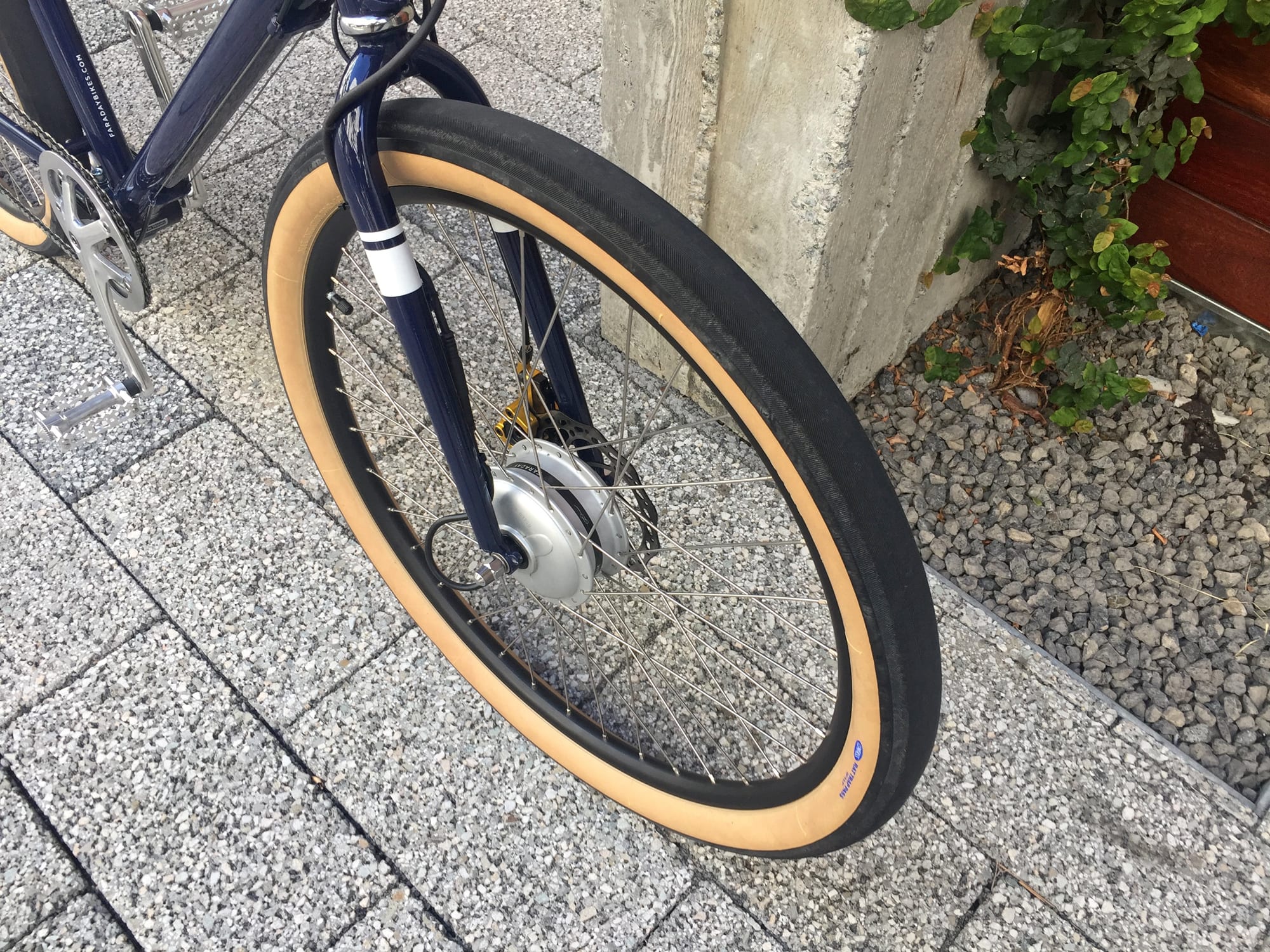
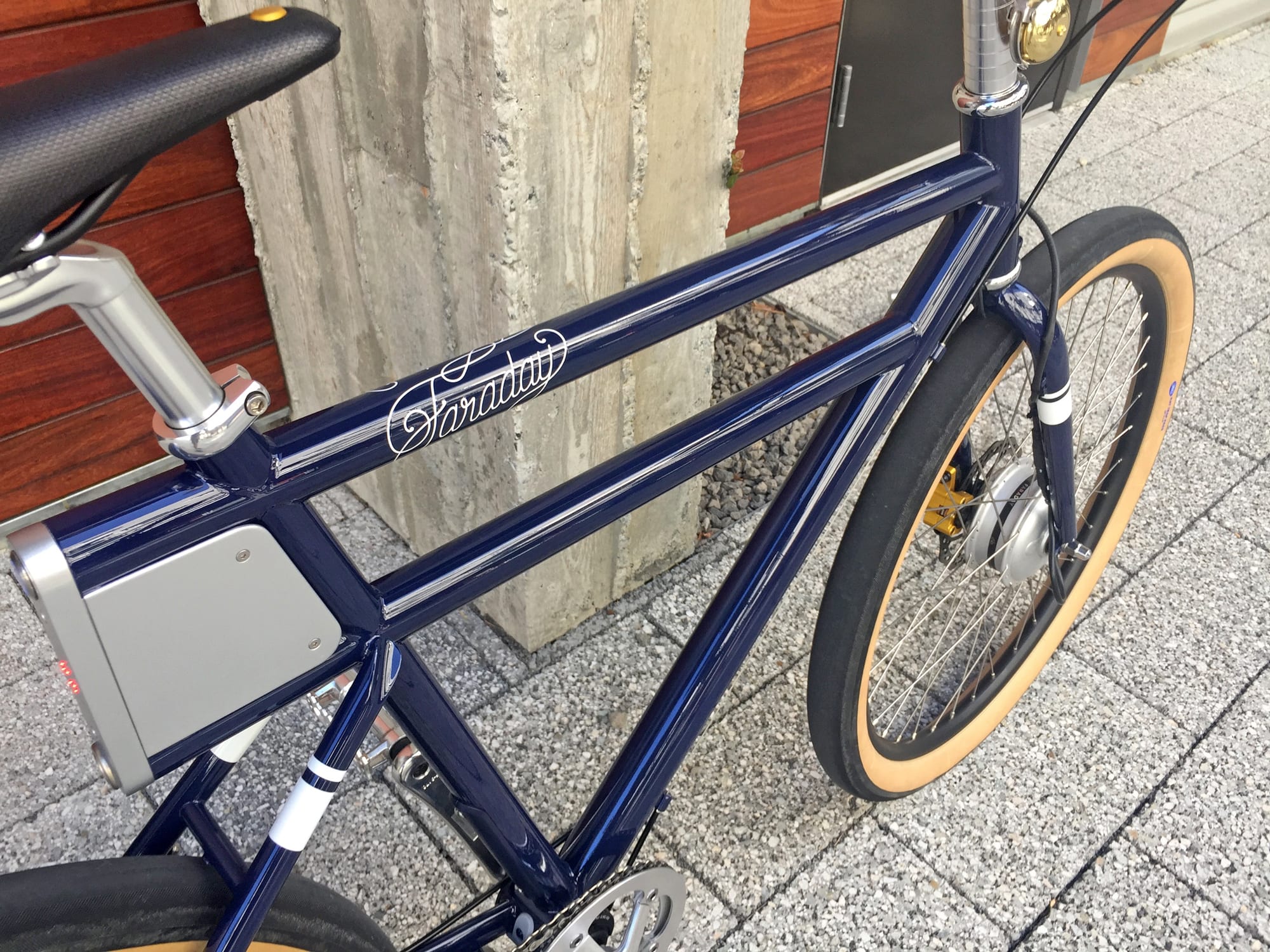

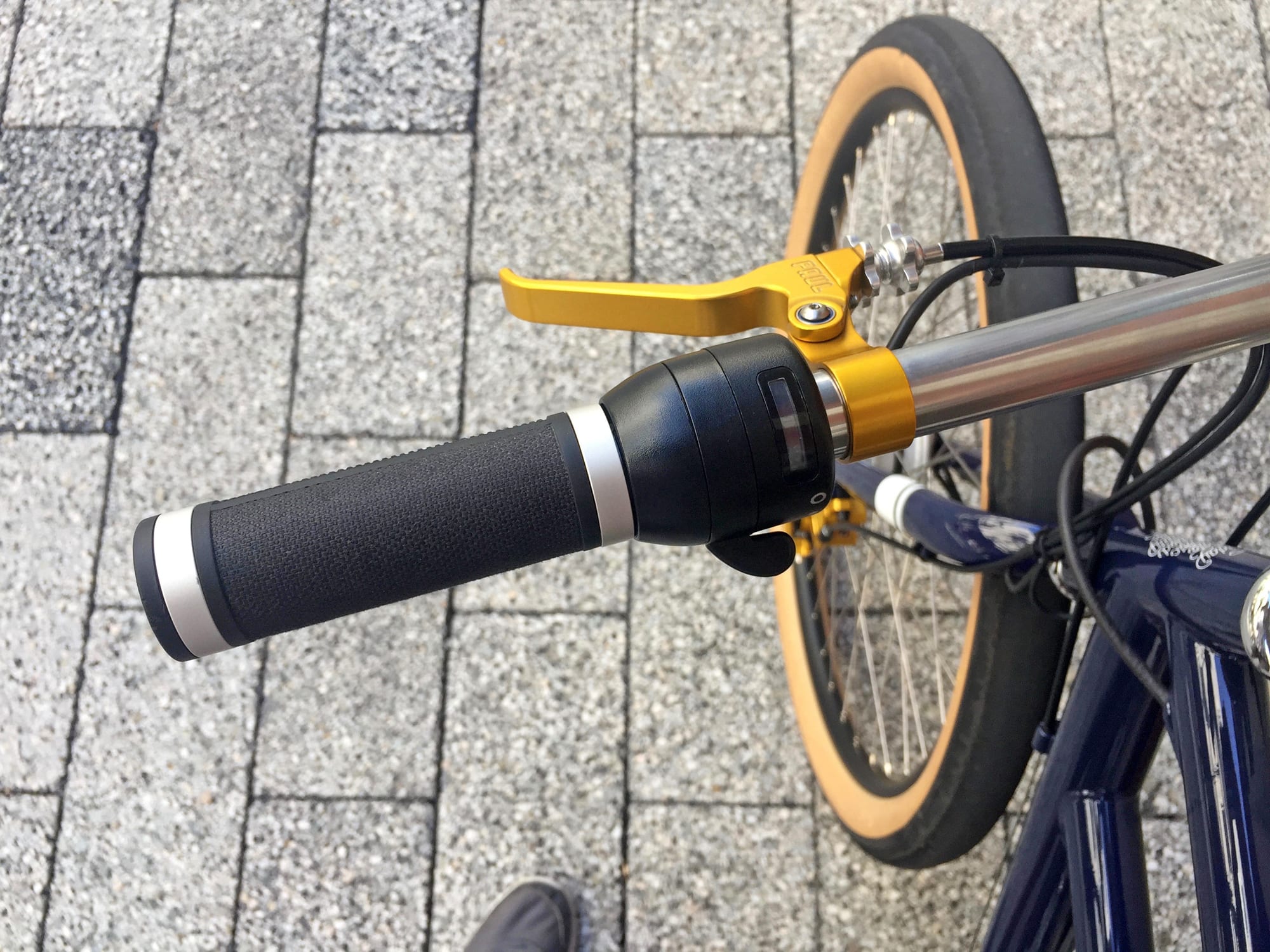
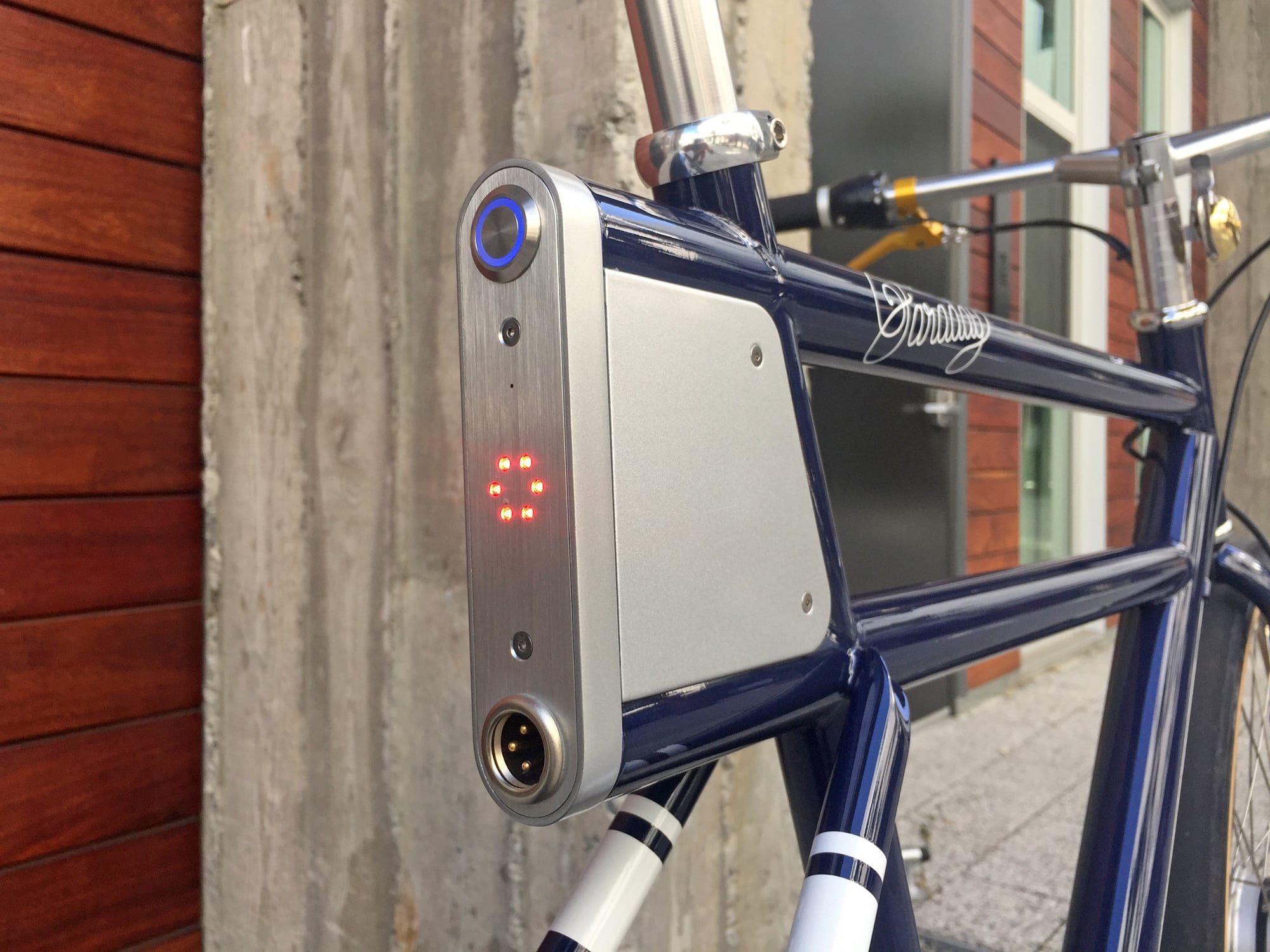
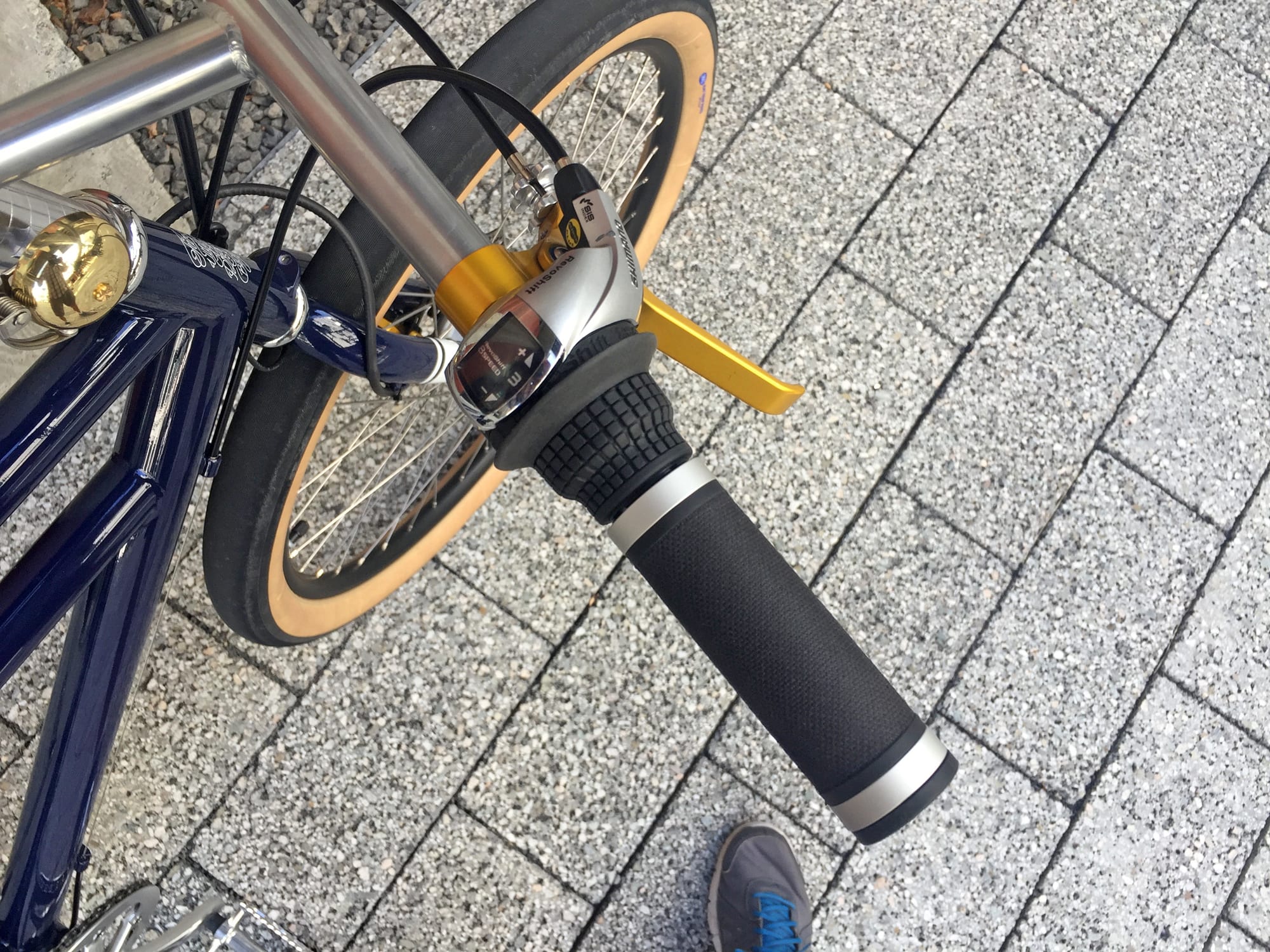
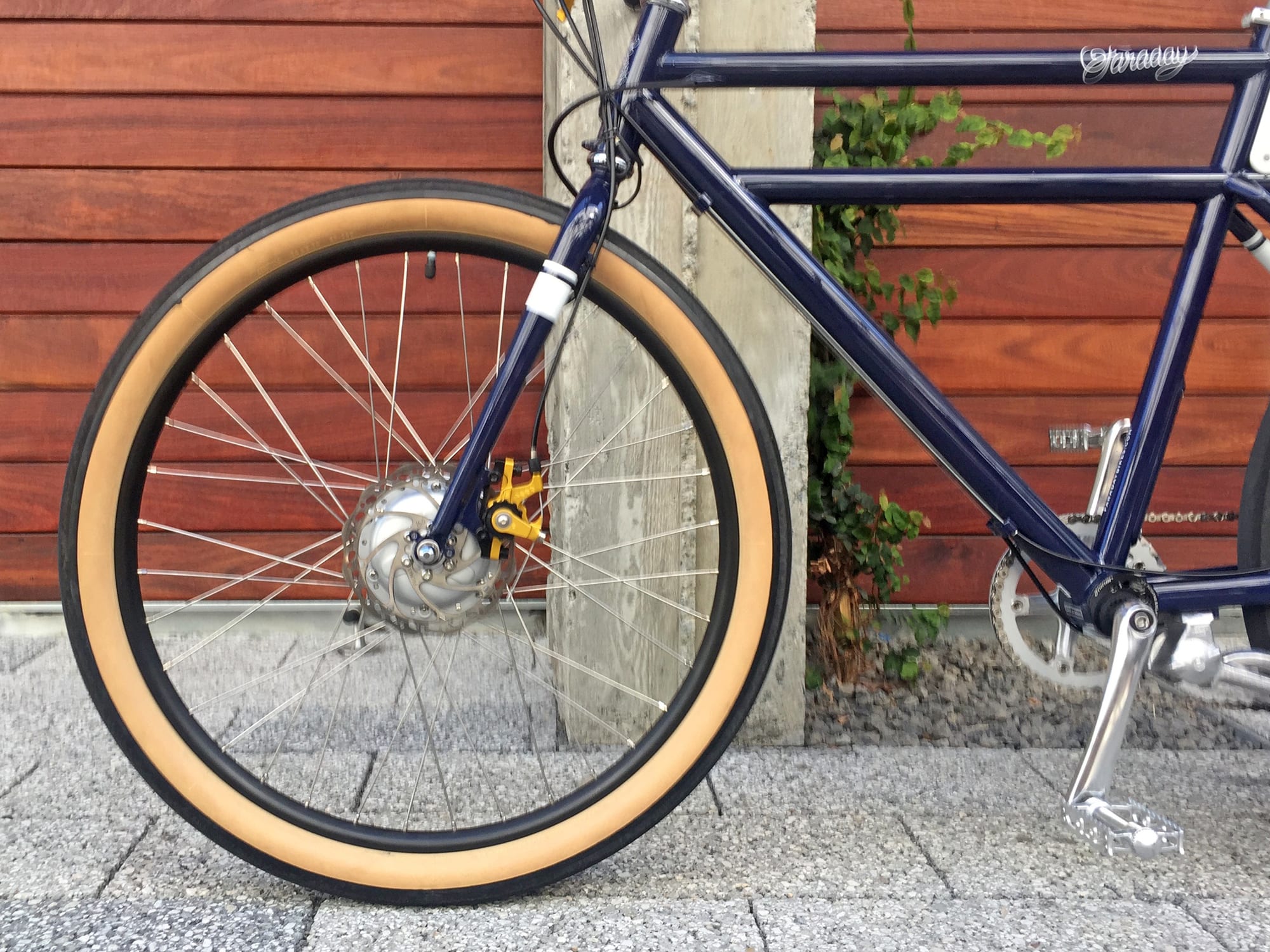
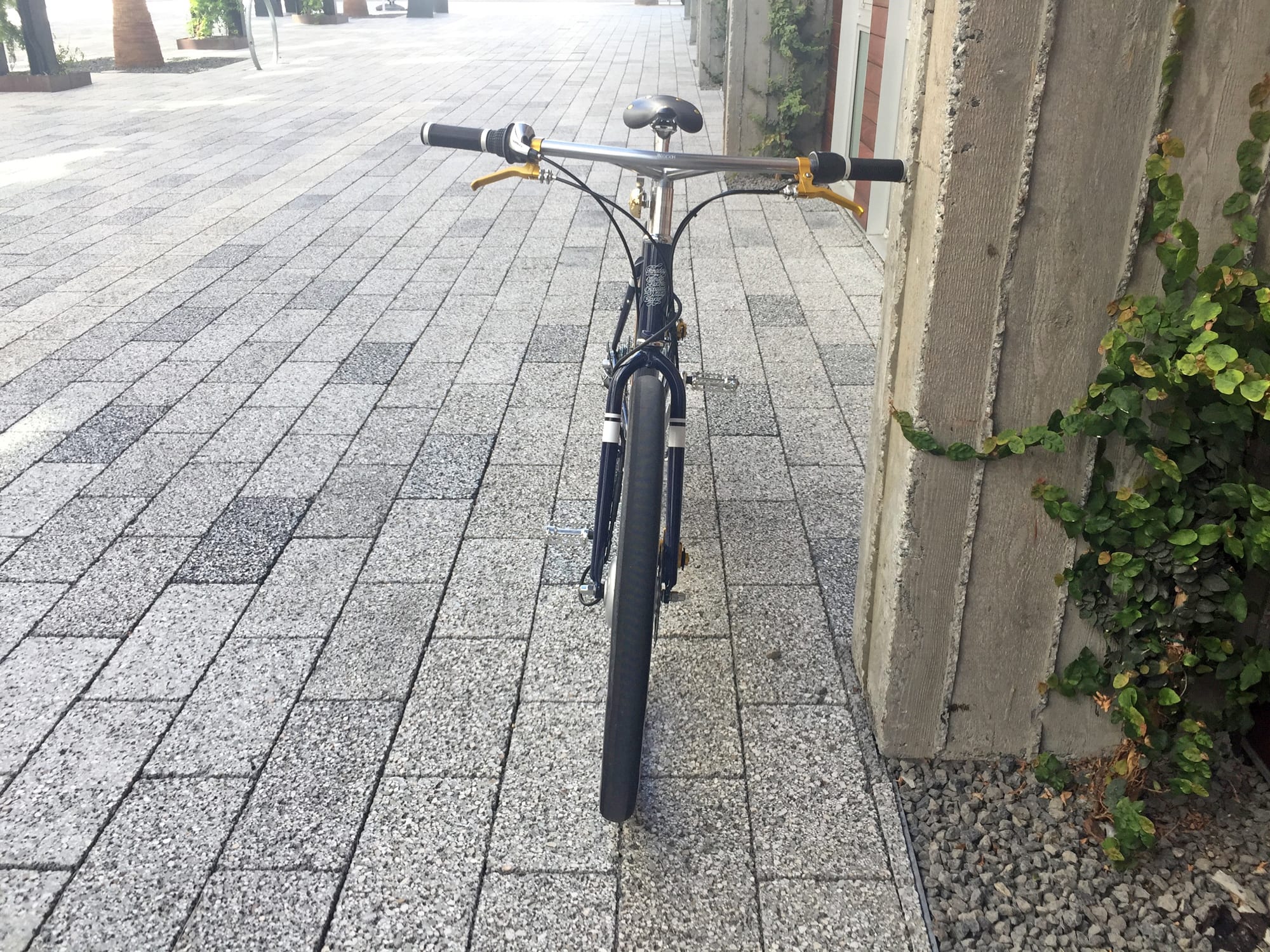
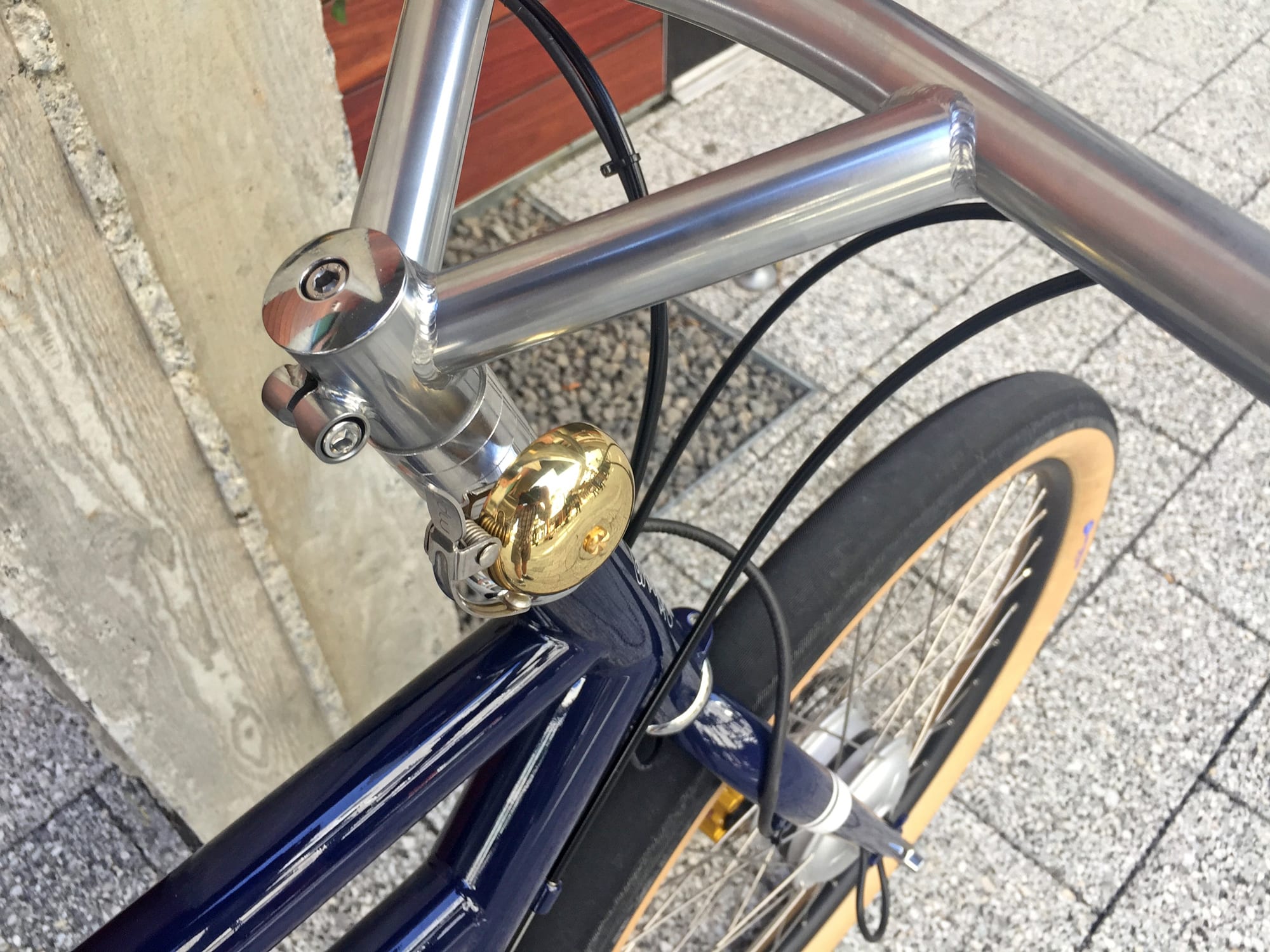
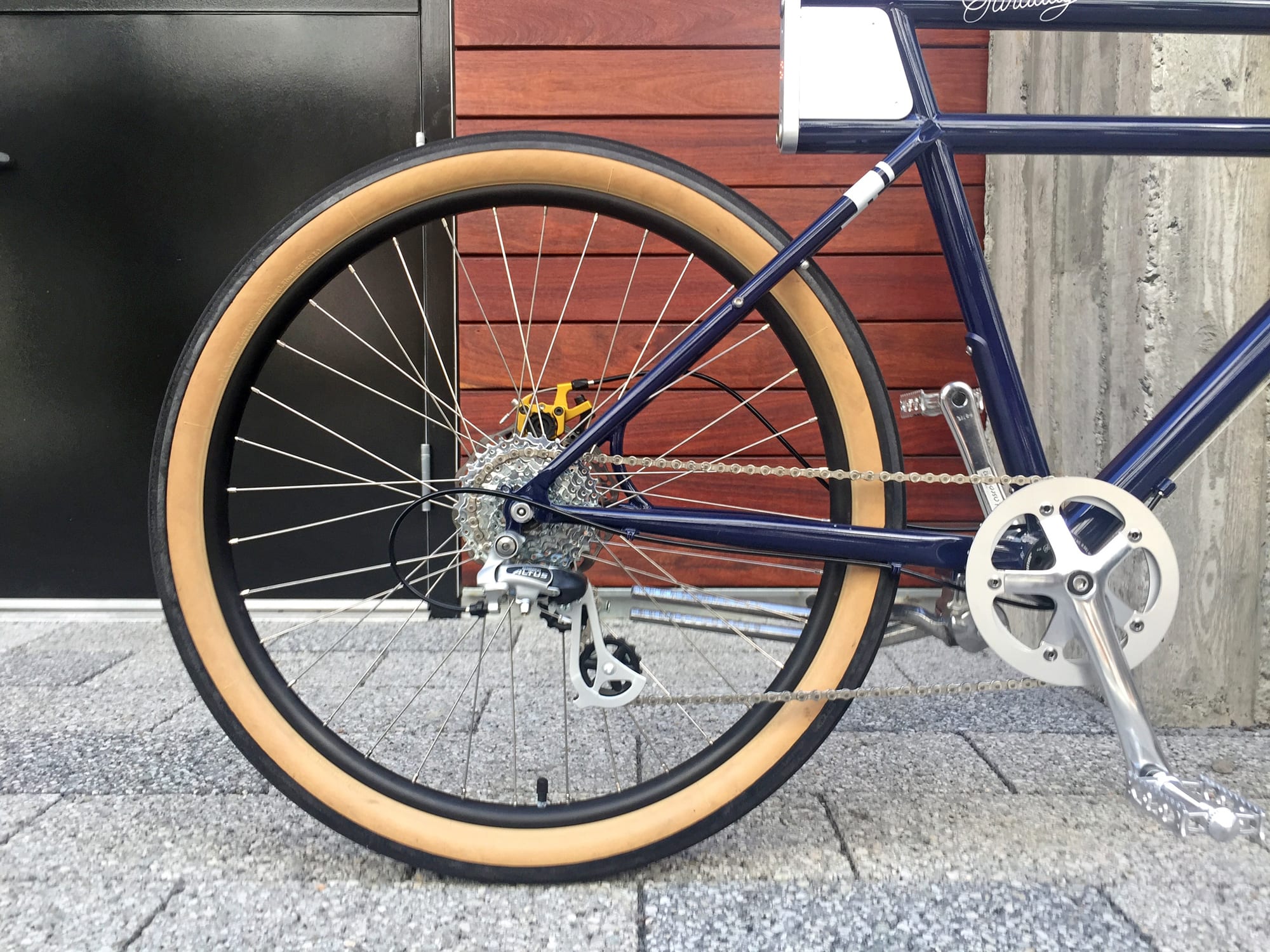
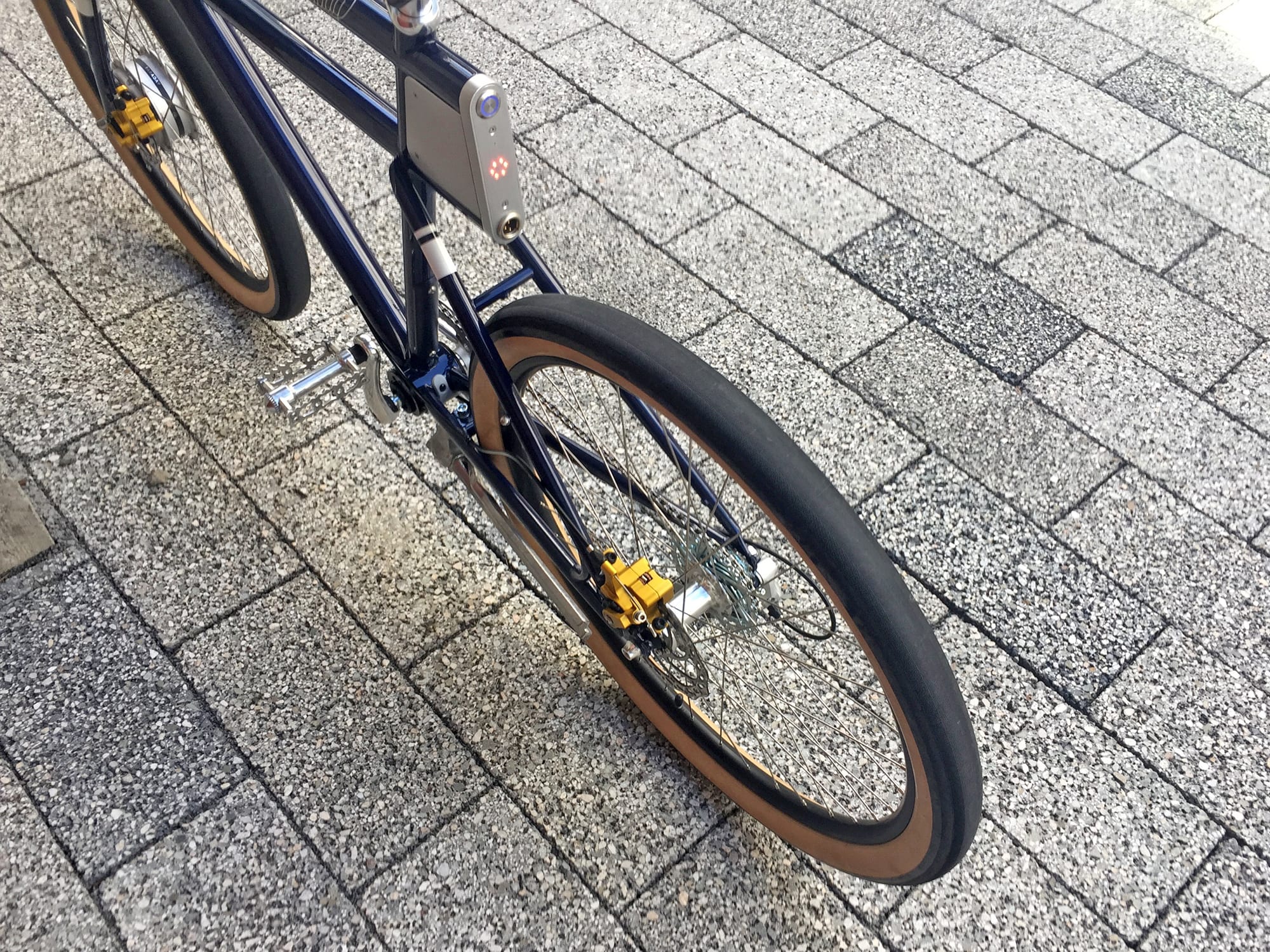

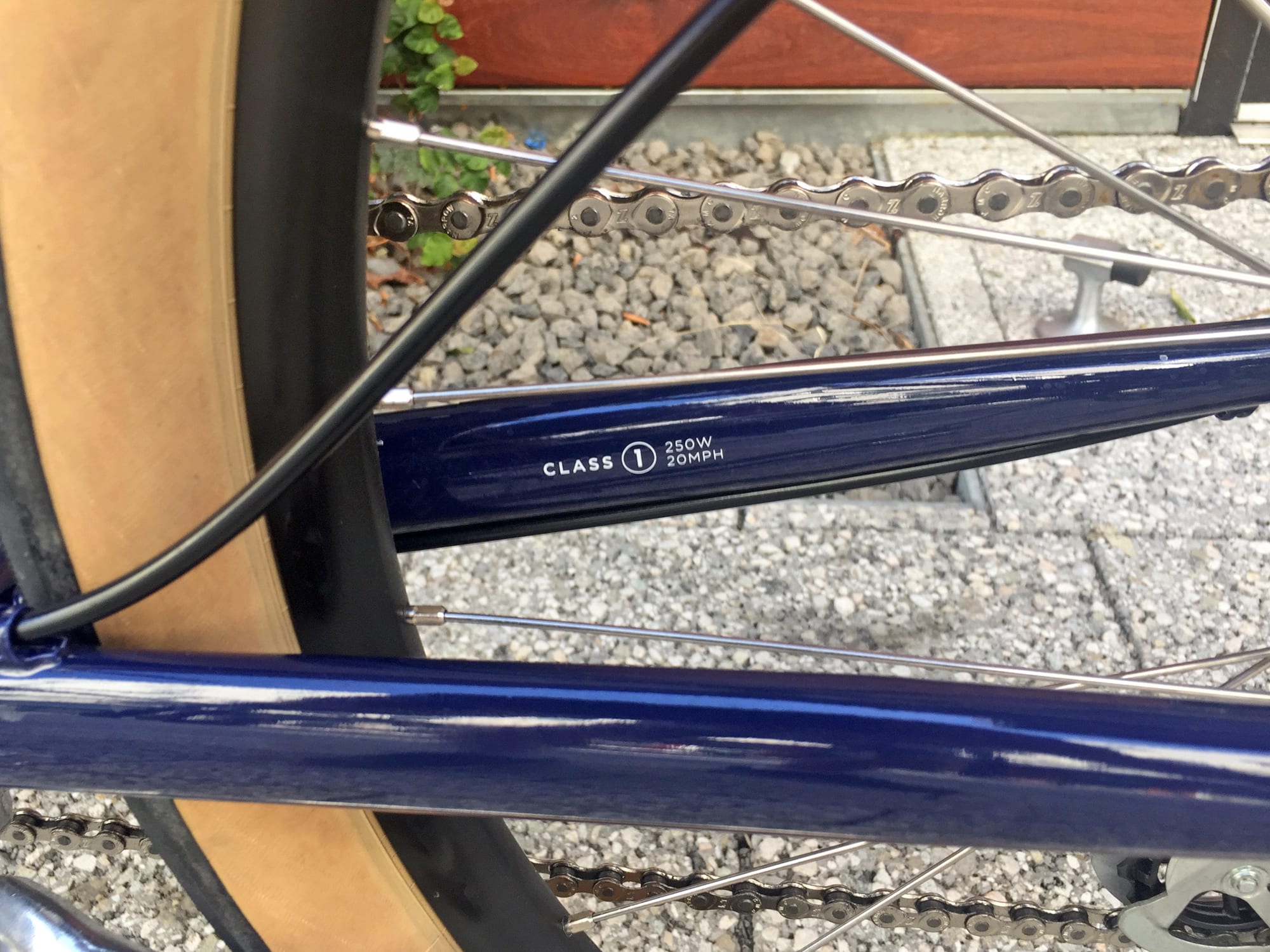

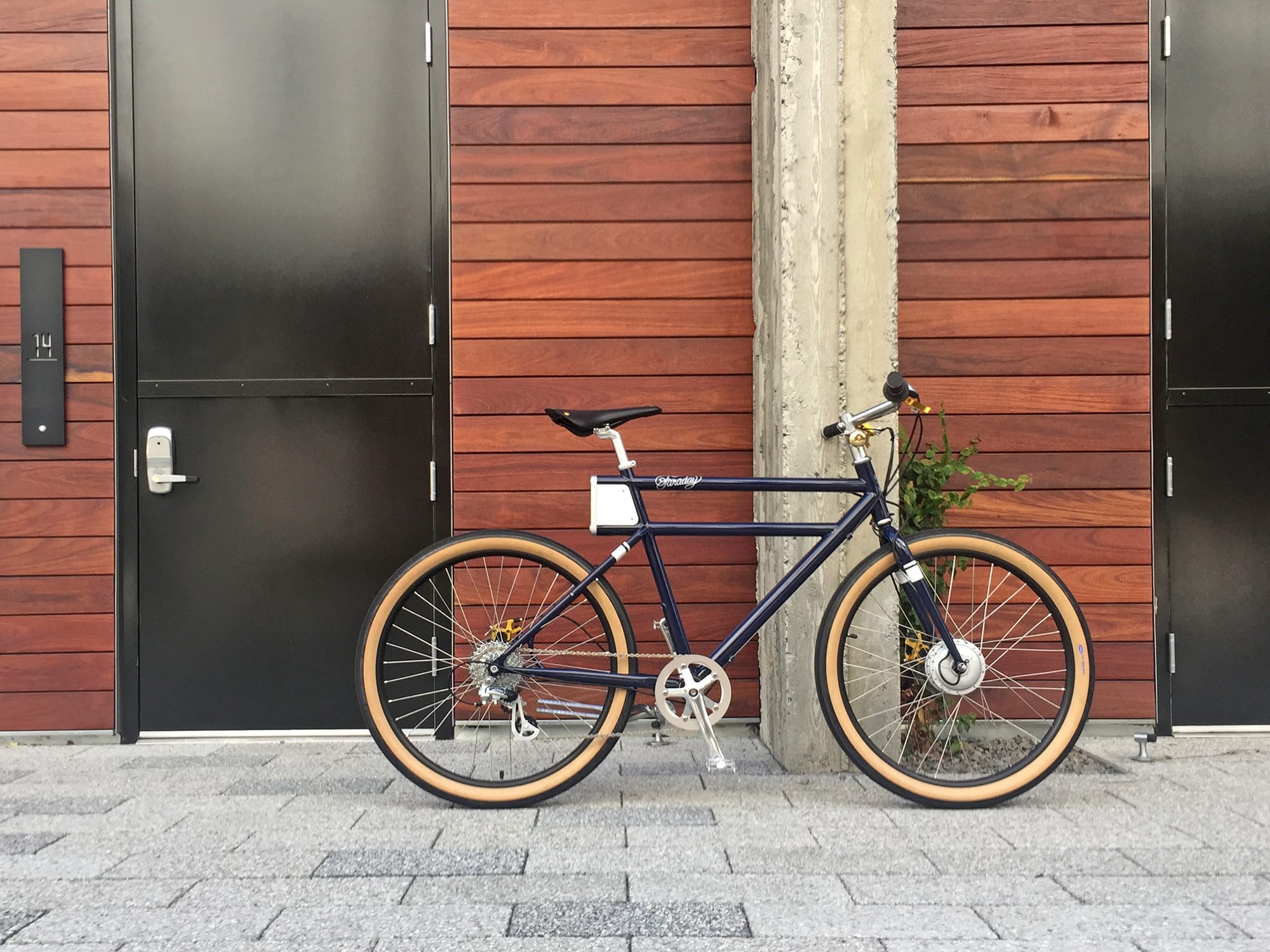


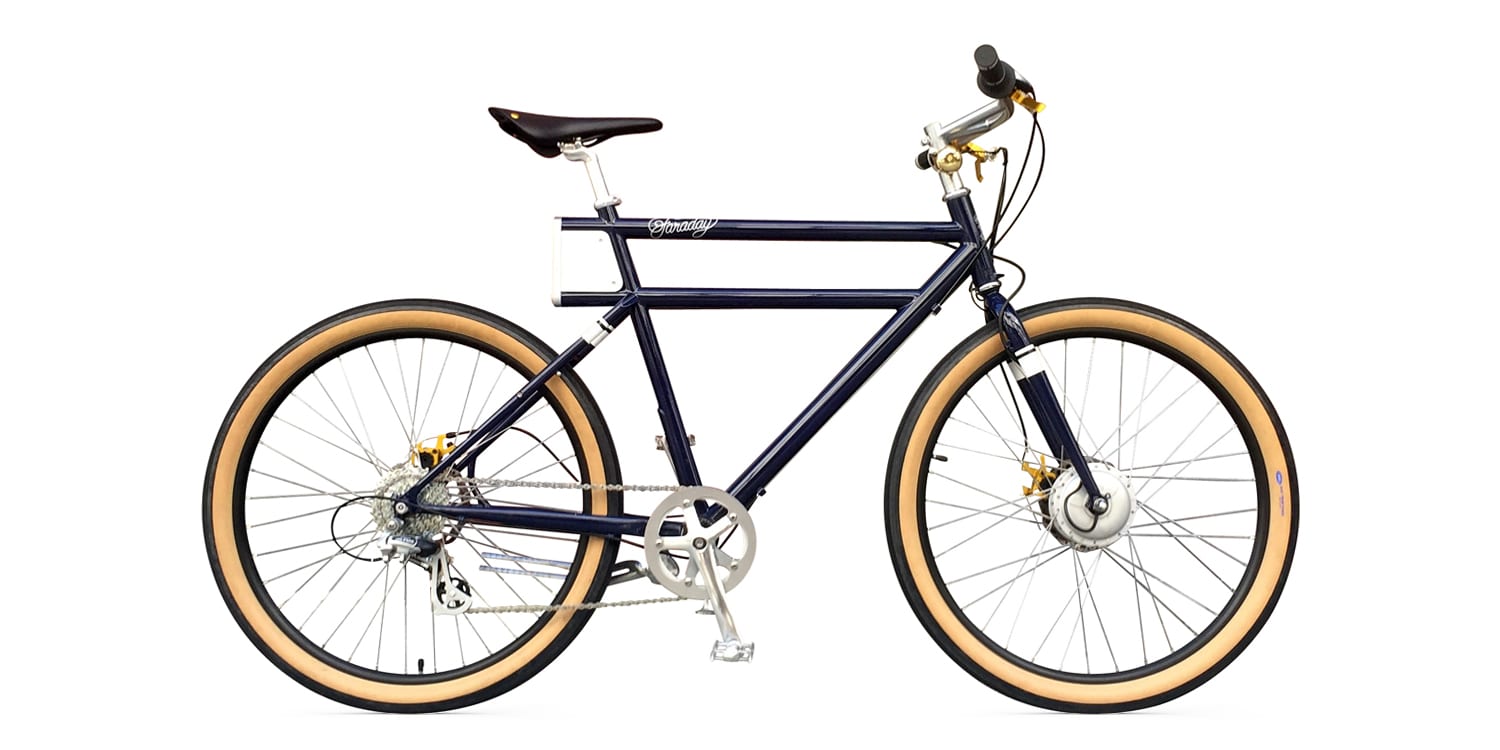
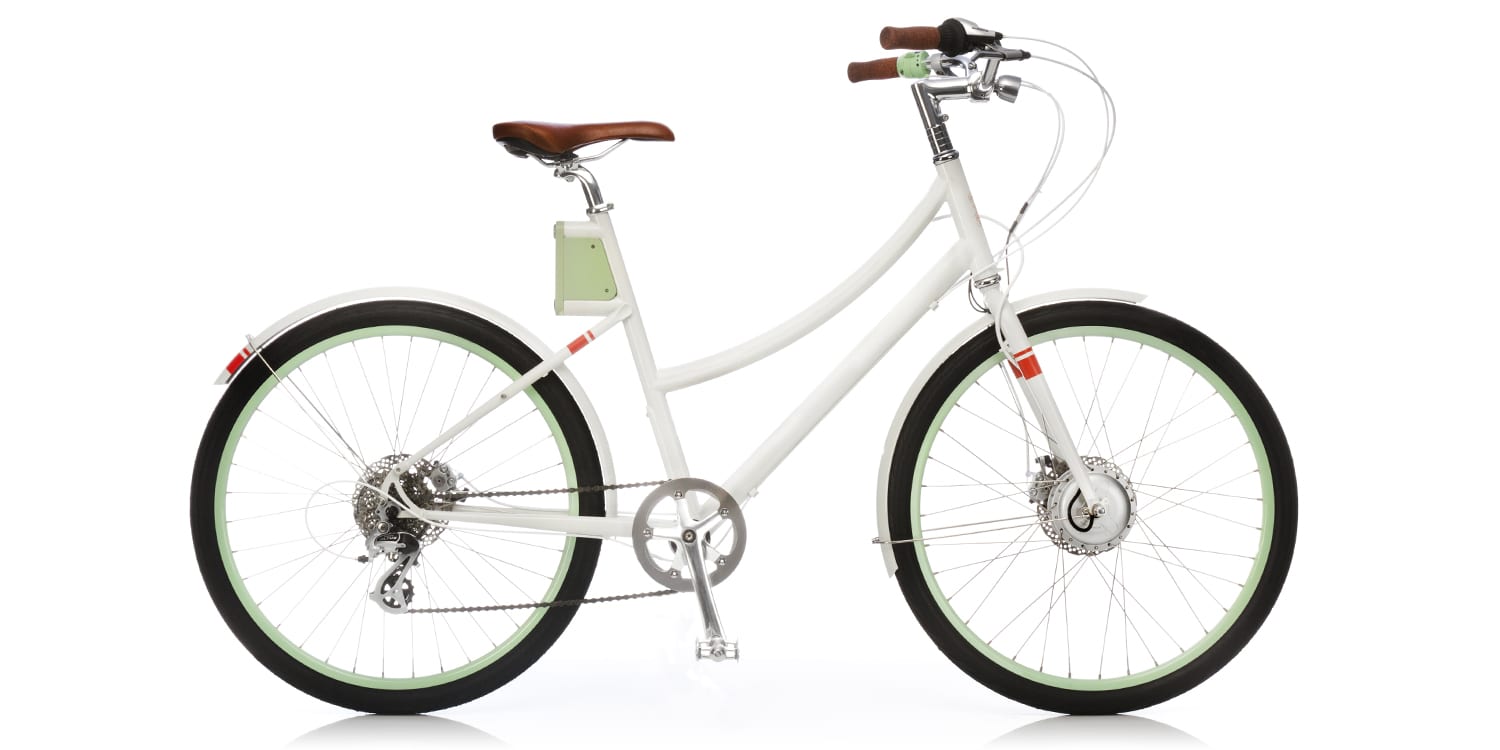
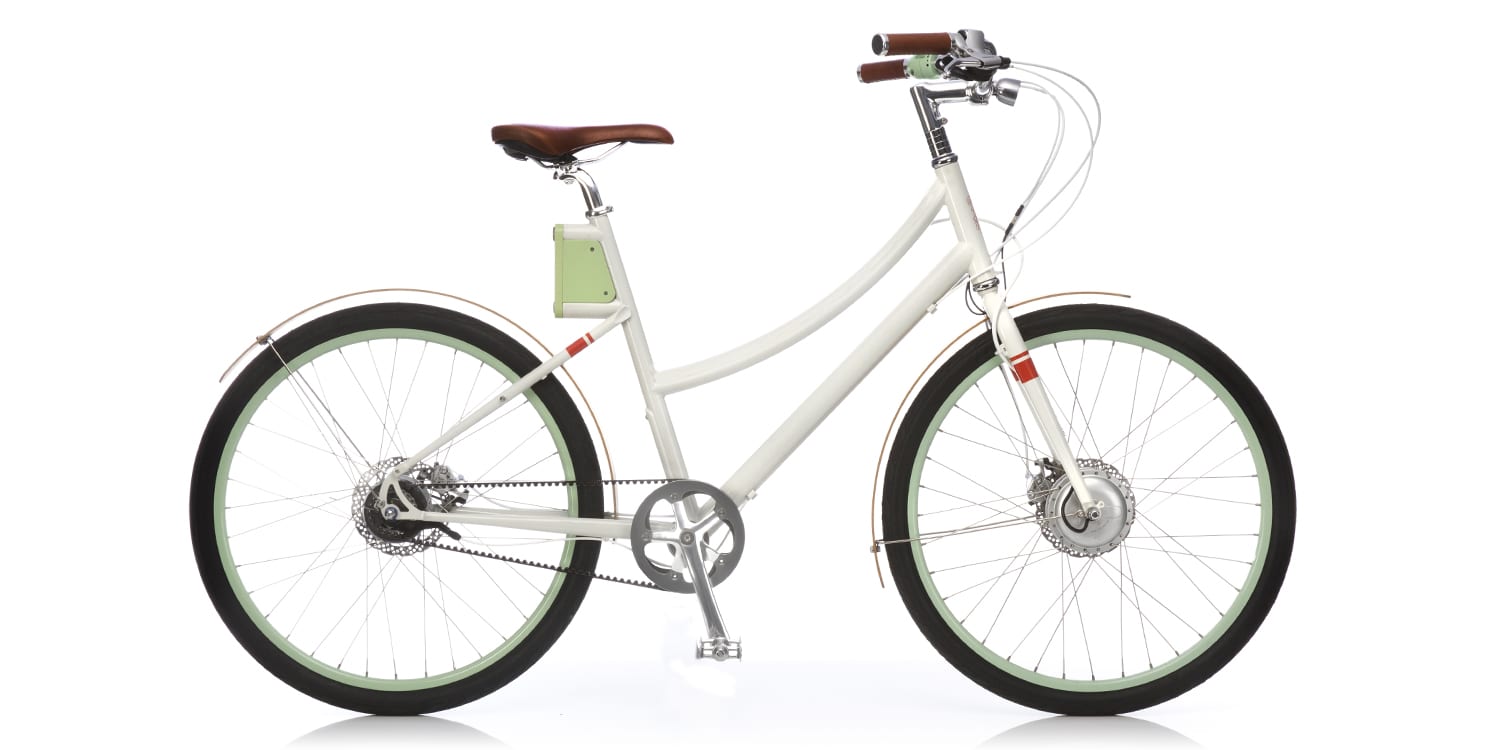
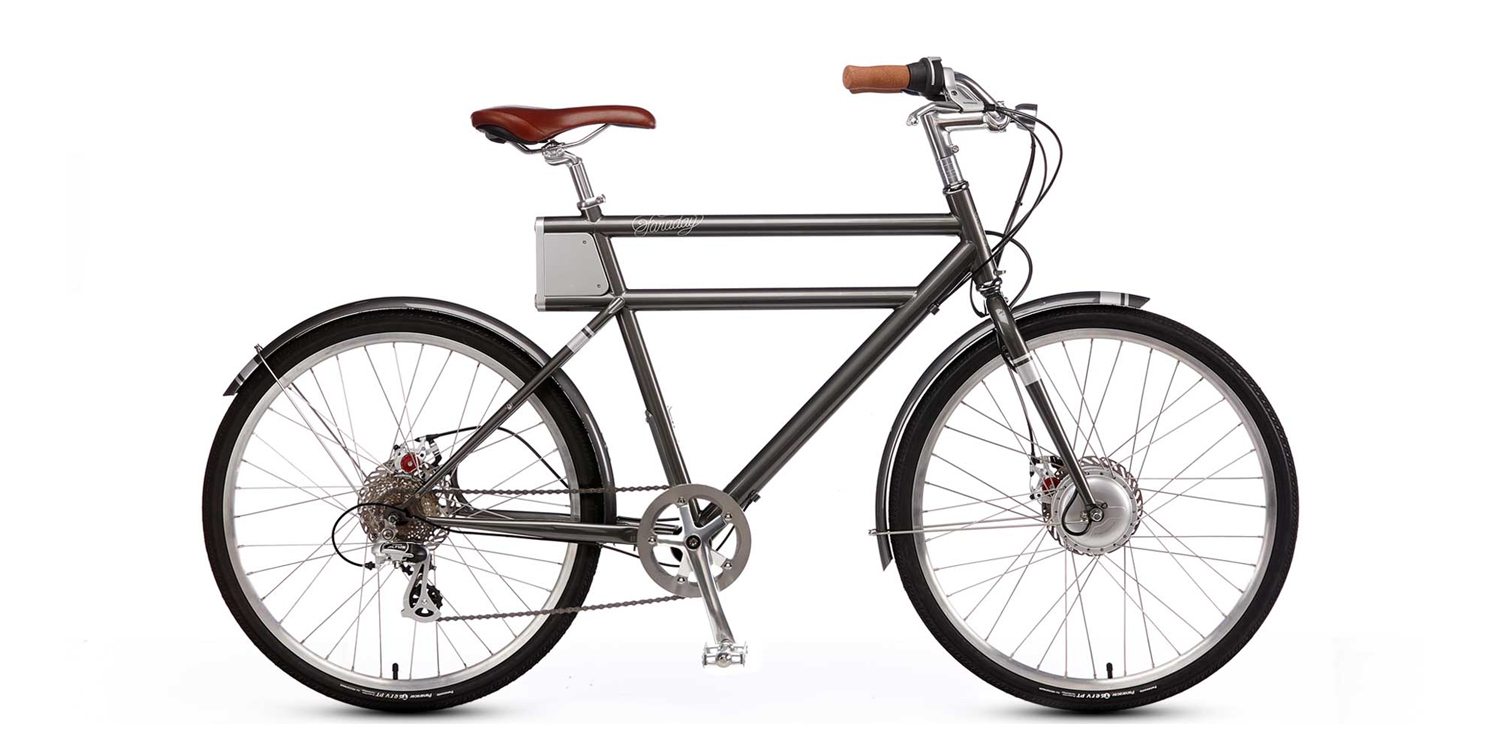
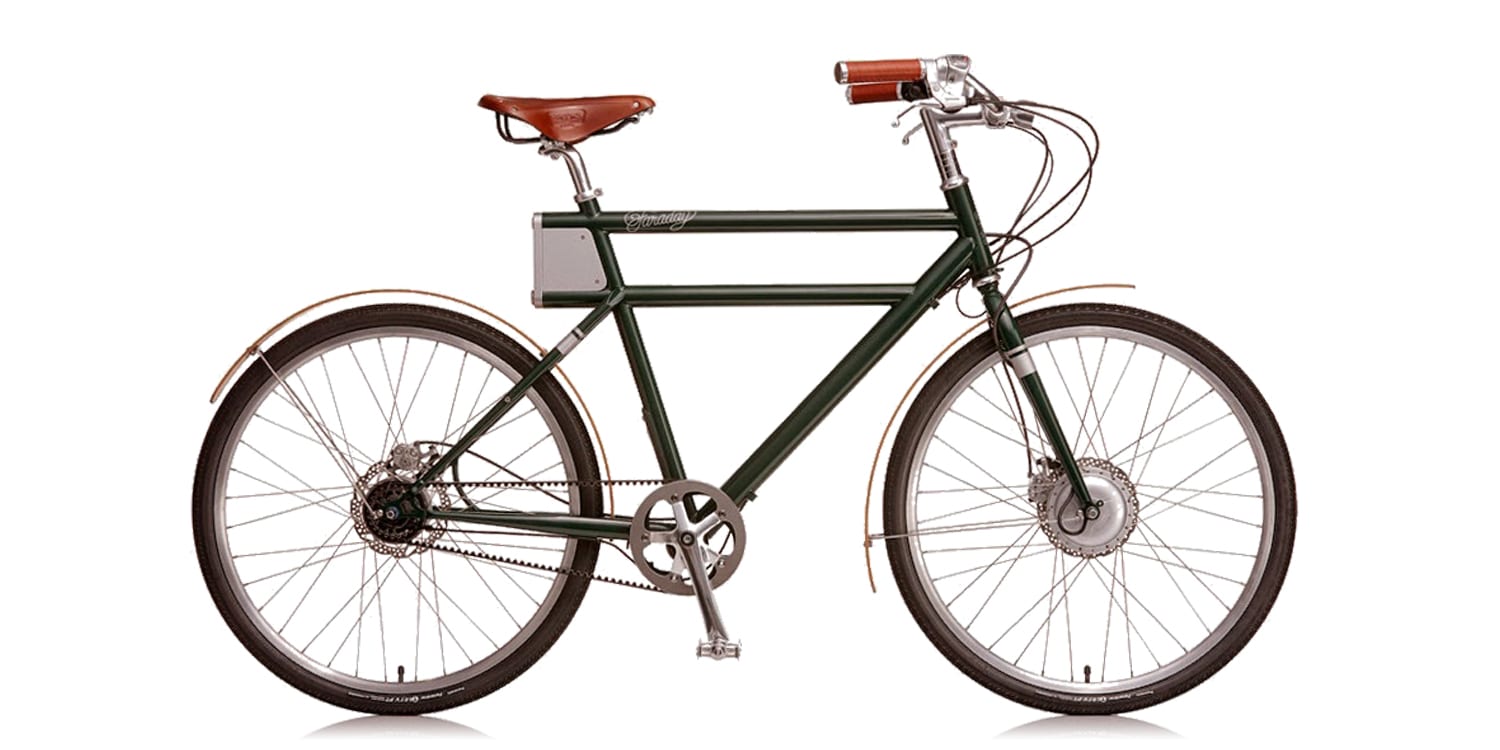
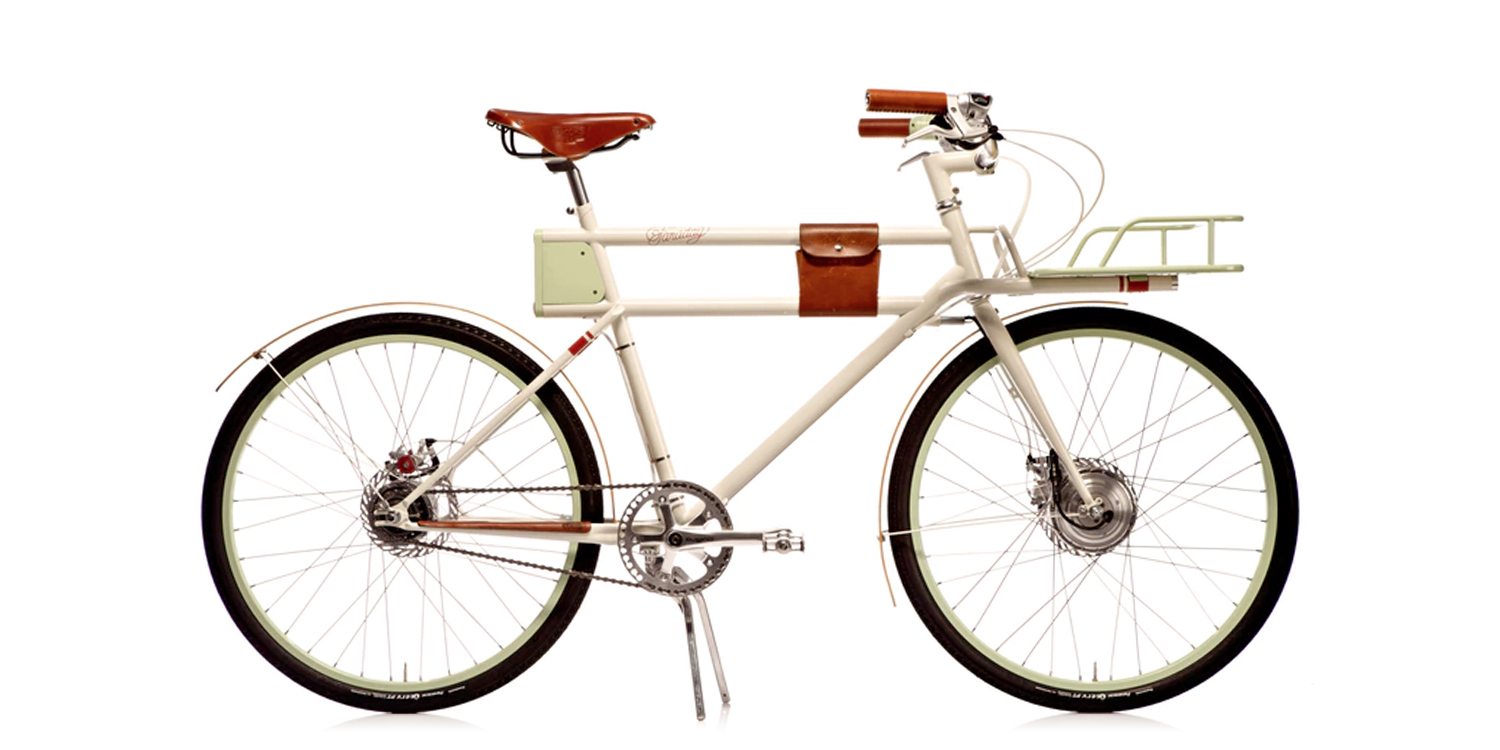
Reader Interactions